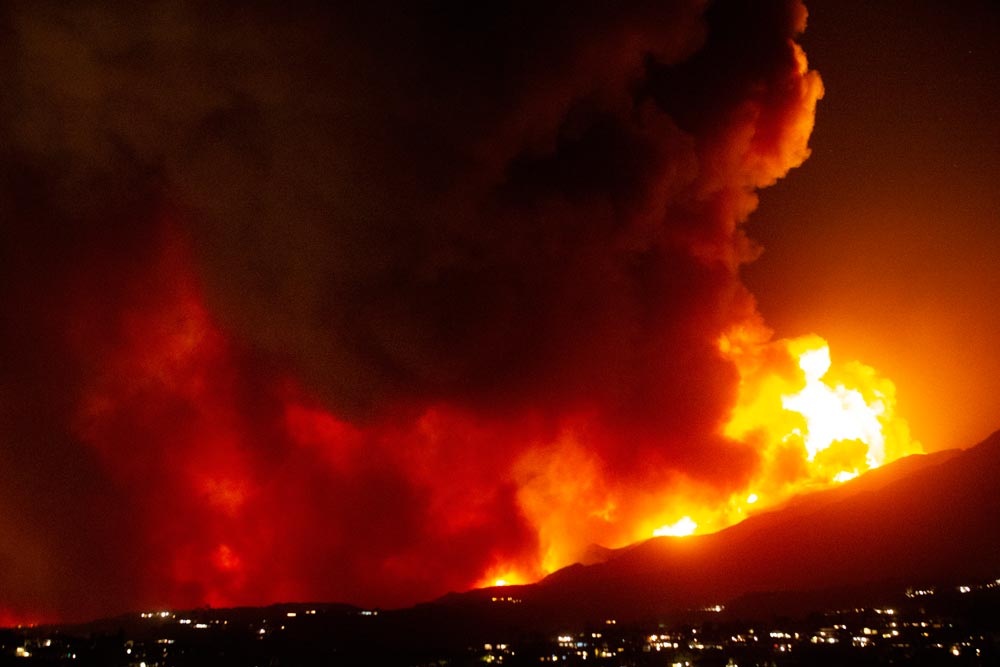
Wildfires in a Warming World
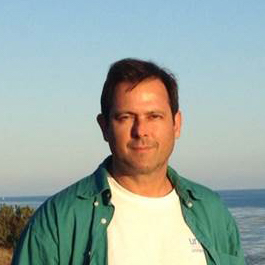
As illustrated by the many recent PG&E planned power outages, the wildfires that have ravaged California over the past decade are now beginning to affect the state in unexpected ways.
Policymakers, professionals and scientists are working to develop new strategies to prevent and respond to wildfires. Among them is UC Santa Barbara Professor Charles Jones, who will take a comprehensive look at the issues affecting wildfires in a newly awarded $3.3 million project he will lead in 2020.
Every year, the University of California Lab Fees Program funds a select group of collaborative research projects with money it receives for running two of the nation’s national laboratories. The initiatives selected this year include Jones’ systemic research effort into extreme fire weather, climate change, the electric power grid and vegetation management.
“The project’s goal is to help us understand more about extreme fire weather conditions,” said Jones, who studies this topic in UC Santa Barbara’s Department of Geography. Extreme fire weather is characterized by high temperatures, high wind speeds, dry vegetation and low humidity — conditions that climatologists expect to become more prevalent in the American West as climate change proceeds.
The investigation will focus on four interrelated key topics: climate change and fire weather, vegetation management, the electric power grid and associated policies and practices.
The UCSB research team also includes Professors Anna Trugman, Andrew Plantinga and Leila Carvalho. Together with Jones, they will collaborate with eight other researchers at UC San Diego and UC Berkeley, as well as Lawrence Berkeley and Lawrence Livermore National labs — two of the three national labs that the UC helps to manage.
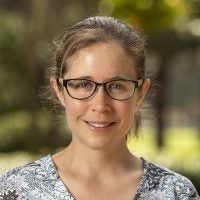
Anna Trugman
Photo Credit: UC SANTA BARBARA
“I think one of the major strengths of this project is that Charles Jones is combining climate scientists with economists and vegetation specialists, so we have a holistic account of the spectrum of issues involved in severe fire weather conditions,” said Trugman, an assistant professor of geography.
Climate change is clearly effecting extreme fire weather, but it’s doing more than simply raising temperatures. Changing weather patterns are altering the timing and distribution of rain and snow, growing seasons, winds and other aspects of the Earth system.
The scientists will look at how fire weather has been changing over the past 30 years by creating high-resolution datasets and leveraging remote sensing data, historical records and advanced models. The team plans to integrate and synthesize state-of-the-art datasets and models, said Trugman — ranging from mechanistic, process-based models to machine learning and statistical models — to get at these questions from multiple angles.
Of particular interest is how extreme fire conditions interact with the electric power grid in California. “This is very timely research. Because of the recent fire danger in 2019, large parts of the Bay Area were shut off for extended periods, and the economic losses associated with that can potentially be on par with wildfire damage itself,” said Trugman. “Understanding the implications of de-energization and vegetation management, and how these interact, can really give us a better handle on what the most economic strategy is.”
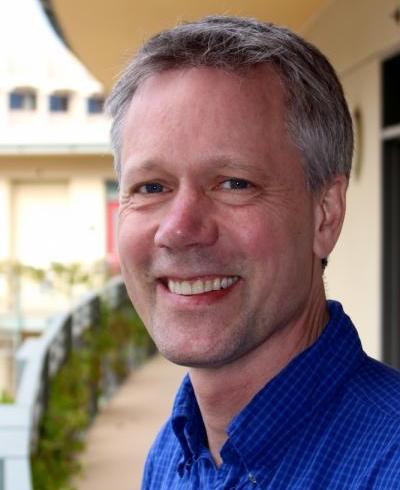
Andrew Plantinga
Photo Credit: UC SANTA BARBARA
The key economic question is how to most effectively manage the risks associated with wildfires and the electric power grid, explained Plantinga, an environmental economist at the university’s Bren School of Environmental Science & Management. He will focus on the cost-effectiveness of managing vegetation near transmission lines, one of several different approaches to this issue alongside burying powerlines and selective de-energization.
And while de-energization may decrease the risk of wildfires in some locations, Jones noted, there are huge economic costs. “Everything is affected when you shut off the power,” he said.
According to Trugman, re-energizing the grid also poses a risk, since powerlines can spark once they’re turned back on. Generally, the infrastructure needs manual inspection every time it is re-energized. The team will develop models for de-energization protocols and costs, with collaborators at partner institutions tackling many of the economic and engineering aspects of this issue.
In addition to their colleagues at partnering institutions, the UC Santa Barbara researchers will collaborate with the National Weather Service and Cal Fire. They also plan to reach out to utility companies and make their findings available to policymakers.
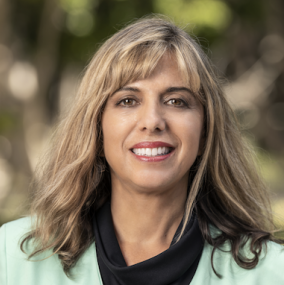
Leila Carvalho
Photo Credit: UC SANTA BARBARA
In fact, the grant includes funding for three annual workshops for researchers, policymakers and professionals to discuss strategies for wildfire management in a warming world. The first will likely take place in late 2020.
The Santa Barbara team hopes to use the funding and momentum from this project to seed a wildfire research center in the future, said Carvalho, a professor of meteorology and climatology in the geography department. “It is about time to create a new program and center on wildfire at UCSB,” she said.



